Maybe you’re considering getting a Leica because you’ve heard they are the best street photography cameras. Maybe Leica is a status symbol for you. Perhaps you’re buying a Leica because you believe their image quality is unparalleled. Lot’s of folks buy Leica because they are simply small and full frame (large sensor for more dynamic range). The German build quality of a Leica, generally the first thing you read about in a review, is another reasonable motivator. Whatever your reason for wanting/buying a Leica may be, I think it’s a good idea to understand what owning a Leica really means*.
*I’m writing this from the perspective of someone who has/does own many Leica’s and uses them professionally (i.e. often).
Before I jump right into it I want to caution you that this article is brutally honest. I have no invested interest in you buying, or not buying, a Leica. Full disclosure, I currently shoot with the Leica M10, M262, and M7 among other brands… And if I didn’t have to create massive prints from time to time I would shoot nothing but Leica (more on that later). With that being said, there are some things that you should know about a Leica… Some are in-depth details and some are simple facts like:
- The closest you can focus most Leica lenses is around 3 feet
- The newest Leica M (the M10) does not record video
- If you drop a Leica lens accidentally you’re covered under the warranty for the first three years (so long as you bought it new through a reputable dealer)
- You can’t do long exposures for more than a couple of minutes on a Leica M, I believe its 125 seconds at ISO 100, 60 seconds at ISO 800, 32 seconds at ISO 1600, and only 16 seconds at ISO 3200. Older digital M’s vary a little so do your research (i.e. Google it).
- The only zoom lens Leica makes for the M is the Leica Tri-Elmar-M 16-18-21mm f/4 ASPH… Not your ordinary zoom lens. You select your focal length like you would your aperture.
And now, for the more in-depth information…
Cost To Own
This shouldn’t come as news to you, but Leica bodies are quite expensive, the newest M costs around $7,000. That’s before you buy a lens. Leica lenses range in price but you may as well assume a new lens is going to cost you approximately $2,000 to $5,000 (that’s the low-end and will get you a great 35mm lens). You’ll probably want an extra battery and depending on the M body you settle for you’re looking at between $135(M262) to $175(M10). All in, you’re looking at approximately $11-15k to get a solid kit with one lens (does one lens make a “solid” kit?).
You’ll find lots of stores trying to off load the old M9 and a 35 or 50mm lens as the “perfect street photography” bundle to get someone started who wants to own a Leica because they are relatively cheap (compared to other Leica’s) but I’d avoid that like the plague. Save up for a current digital M or get a film M. The M9, my review here, isn’t worth the money these days (it was quite impressive in its day)… You can pick up the Fuji X100F for a fraction of the cost and it’s image quality is light years ahead of the M9 (and it’s smaller and more advanced).
If you’re looking for something cheaper than than the latest and greatest M (currently the M10) you can spring for one of my favorites, the M262. The M262 is a great camera and was my professional shooter for almost two years. I still have the M262 in my stable and primarily use it for family/casual shooting these days. You can probably pick one up for about 50 or 60% of what you’d pay for an M10.
On the plus size, if you buy a Leica lens brand new you are covered from drops and accidental breakage by Leica’s factory warranty for the first three years. That’s pretty impressive considering these are some of the most expensive and advanced lenses made in the industry.
Image Quality
Leica has made strides in regards to the image quality that their latest M is capable of. I would have said it’s on par with the previous Nikon D810 (my opinion) but there was a study done that found that the image quality of the Leica M10 is only on par with the best crop sensor cameras. That’s still a step up from previous versions of the M as their image quality was good only in the best light… Low light, high ISO saw a sharp drop off of image quality. All of that being said, the M10 holds up to some of the most gruiling low light situations I throw at it.
This shot was taken with the M10 handheld
Historically, owning a digital Leica M has been a compromise in regards to image quality. There are countless forums where users discuss these compromises as “character” and embrace the “quarks” as creative limitations but I think they are worth knowing about. By the way, I’m not discounting the “creative limitations” argument at all. The M10 has overcome these limitations and I feel comfortable recommending this camera to anyone who understands what owning a Leica really means.
**The Leica M262 was/is my favorite Leica M as it was just advanced enough to work for me on a professional level but still had just the right amount of limitations to kindle my creative fires. The M10 is a really fantastic camera but it’s almost too good… Hence my comment above about not discounting creative limitations, they really are helpful.
Build Quality Reality
The truth is that parts of the Leica M bodies are hand-made in Germany… From my experience, Leica suffers from the same inconsistencies and quality control issues that any other camera manufacturer does. This is neither good or bad, it’s the truth. Of the five Leica bodies I have owned, 3 have had to be sent back to Leica to get complete overhauls. Now, I’ve never had that experience with any other camera bodies I own but none of the other camera bodies I own are anything like Leica (Leica being a rangefinder puts it in a class of its own, more on that later).
Interestingly, if you talk to someone who loves their Leica they will tell you about how these cameras were dragged through wars and can withstand just about anything. I would argue this is true of my M7, a tough old film camera, and older M bodies. The M digital bodies though, they are a bit more finicky and the build quality may not be what it once was. I’ll give you a great example with the M10… I got my M10 in the first couple of months that it was available and man was it a beauty. Well, until the ISO dial (which is a novelty in the first place) became internally decoupled and left my camera stuck in ISO 400 permanently. I had to send my brand new camera into Leica USA and the turn around time for sending your Leica into the shop has generally been three months or more. By itself, that’s not a big deal but the summer before I had a big issue with another M body that took a 3 month round trip to Leica USA to resolve as well.
Update: I talked to my contact at Leica Boston (my favorite Leica store) and he let me know that Leica has resolved this issue and is using a different piece in the ISO dial to eliminate the problem. He also let me know that they revamped Leica NJ which should improve the turn around time greatly for US service. Thanks, Tim!
*The M262 before the M10 had to be sent into the shop because the sensor crapped out on me and left a faint red line on many of my shots. It was gone for approx. 3 months.
Before purchasing a Leica body I recommend heading over to the Leica M forum and checking out the thread on the particular camera you are looking at to see what potential issues you may have.
The M cameras are well-built but the reality is that there is a good chance you’ll have an issue at some point. The good news is that Leica stands behind their cameras and will take care of just about any issue you have and often not charge you. They are easy to work with but the turn around time on fixing M bodies is quite long. If you’re using your Leica as a professional tool then I highly recommend you have a backup body to keep you shooting when an issue pops up.
The Leica Advantage (Usability)
Let’s put the old “Leica M forces you to slow down” bull to bed, the Leica is far faster than any auto-focus camera on the market (major emphasis on the period here). Sure, you may not be able to manually dial in focus faster than your camera auto focuses all of the time but zone and hyperfocal distance focusing is faster every. single. time. Check out the article I wrote (here) after I tried to use my Nikon D810 in less than perfect light and had to switch to my Leica M, which ate my D810’s lunch. Friends, the Leica doesn’t force you to slow down… Not knowing how to use a Leica M is what slows one down.
One of the reasons I bought the M10, I was happy with the M262, was because of the increased image quality at higher ISO’s. What this means is that I can leave my camera’s aperture at f/4 and hyperfocal distance focus in just about any light. I often shoot in the city well past sunset this way. Many of the shots I get with the Leica would be impossible with auto-focus.
Don’t get me wrong, you can zone or hyperfocal distance focus with Nikon and Canon as well but you’ll have to use a legacy lens and/or a tape measure with the new lenses. Leica has the market when it comes to easy to read and use lens distance scales.
The first draft of this article said “I’m not going to wax on about the size of your camera because any photographer worth their salt will tell you they can do street photography with any size camera” but the more I thought about that the more I think it’s bull. Size matters, smaller cameras seem to cause subjects less anxiety and are simply more pleasant to carry around. I hate lugging around my D850! It’s a beautiful machine and creates stunning images but come on, I’m not going to take it with me everywhere. My Leica? It’s sexy and I’m going to throw it over my shoulder and take it every where I go.
You don’t have to take my word for it, check out some interviews by Bruce Davidson (he was just inducted into the Leica Hall of Fame and he has been a Magnum photographer for longer than I’ve been alive (I’m 35). Davidson often talks about the advantage that shooting with a Leica has given him. Most notably, and forgive me because I don’t have a link to the interview but a little Google magic and I’m sure you’ll find it, he mentions that the reason he had success getting into tight-knit groups to photograph them was because of his Leica. He still shoot with a Leica today (though digital).
Leica Isn’t Synonymous With Better Picture Taking… For Everyone.
I’m sorry to have to be the one to drop this bomb, but the most expensive camera in the world isn’t going to improve your photography… Leica included. Now, I will say that if Leica gets you all excited it may cause you to shoot more which means you’ll probably get better images just because you have your camera with you more often and create more photographs, but it’s not a Leica specific phenomenon… This happens pretty much anytime you get a new camera and are excited to get out there and use it.
Now, with that being said, I’m sure different cameras give off different vibes to folks that see you. For instance, I was asked to shoot images for a real estate client in Brooklyn because he saw me on the subway and thought my camera looked cool (it was the Leica M10). But I’ve also heard stories of photographers who claim they lost business because their camera wasn’t large enough to make the client feel it was professional (personally, those aren’t clients I’d want).
Here’s the thing though, Leica could mean better photographs for some. Just like the Nikon D850 could mean better photographs for others. Stay with me here… I believe everyone has a gift. Now, let’s look at a group of people whose gift is photography. I think it would be fair to say not all photographers are gifted in every genre of photography, right? Well, not all cameras are perfect for every genre. Let’s take it a step further and talk about inspiration. My wife and son inspire me a great deal, as do my parents, and my camera. Yes, my camera inspires me. I get inspired thinking about the history of Leica and great street photographers before me that used Leica M’s to create some of the worlds best photography. I can confidently say that my best street photography was created with a Leica M.
Versatility
Some would have you believe that the Leica is only good for sitting on book shelves and shooting street photography. Simply, no. Let’s look at it from the most basic point of view… Focal length. What is the focal length of your smart phone? My iPhone is somewhere around 28mm I think. Do I feel like my iPhone can only take landscape photographs because it’s got a wide-angle lens??? Nope.
You’ll certainly wish you had auto focus when shooting some sports photography. If you don’t take the time to master range finder focusing then you’ll struggle with wedding photography as well. Street, fine art, landscape, fashion, macro, commercial, etc. are not a problem for the Leica in experienced hands.
I hate to beat a dead horse but I’m going to mention size one last time… Because of the Leica’s small size and, if we’re being 100% honest… Its sexy looks, you’re likely to carry the Leica with you more often than not. This makes the Leica even more versatile because it will be with you much more often than the shoebox sized DSLR’s that dominate the market.
Conclusion
There are pros and cons to every camera… That shouldn’t be news to you. What you should take away from this article is that although the Leica isn’t perfect, it sure is perfect for some. A Leica is expensive but not infallible, it might break down on you, but Leica stands behind their work and they’ll get you back up and running relatively soonish. For street photography, you can do it with just about any camera but the Leica M was built for it.
The last thing I want to leave you with is that although Leica is expensive, it’s not a toy for people with more money than brains (that was my initial thought years ago). I’m not a Leica fanboy, I’m not someone who will fall on a sword for any manufacturer, but I can confidently say that my Leica M is the camera that I would own if I were only allowed one camera for the rest of my life… For now.
Please feel free to leave your thoughts in the comments section below. You can follow my work on Instagram by following @PhotolisticLife if you’d like.

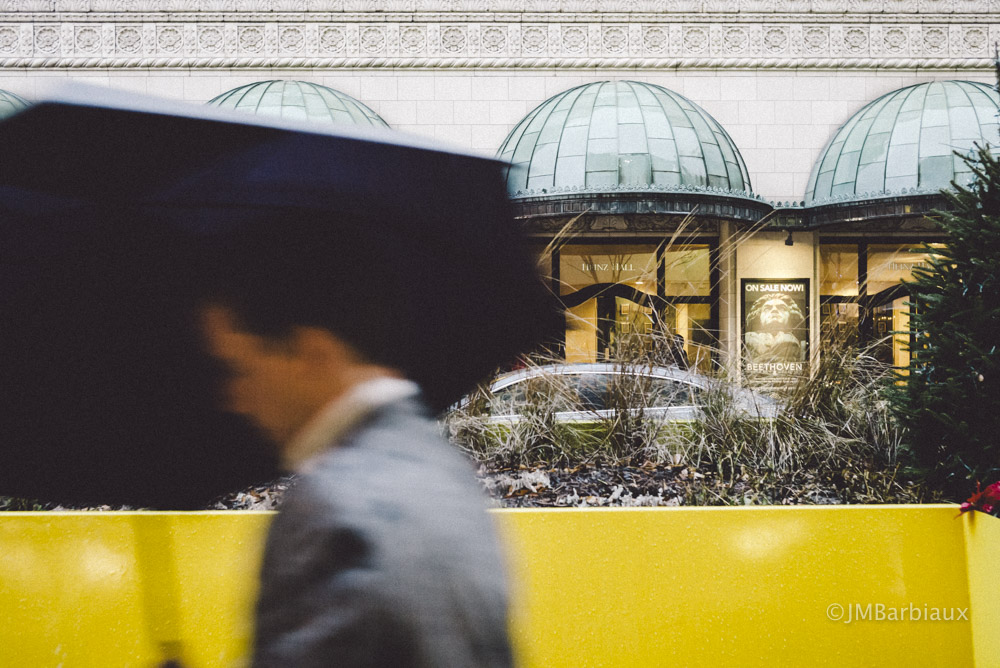
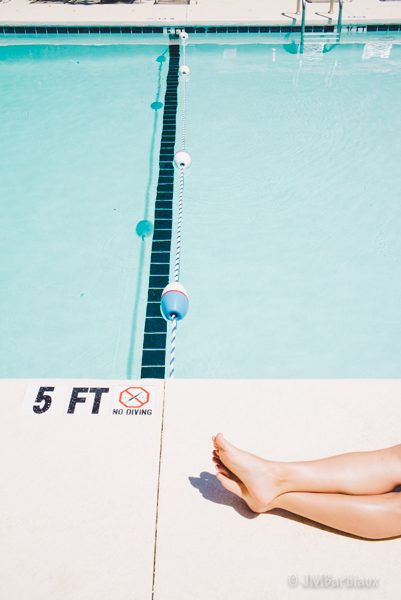
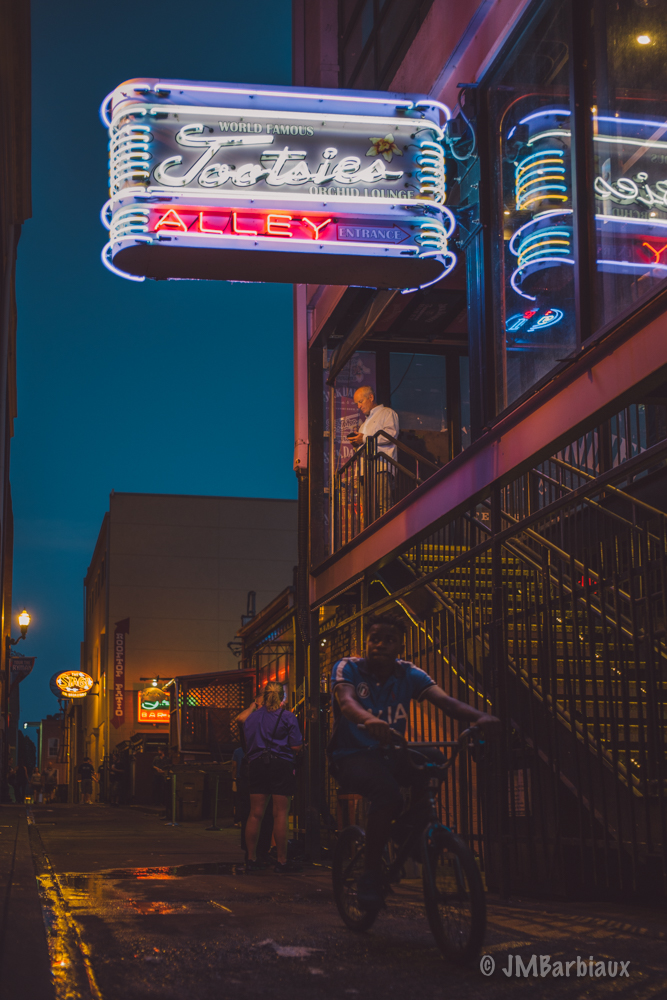
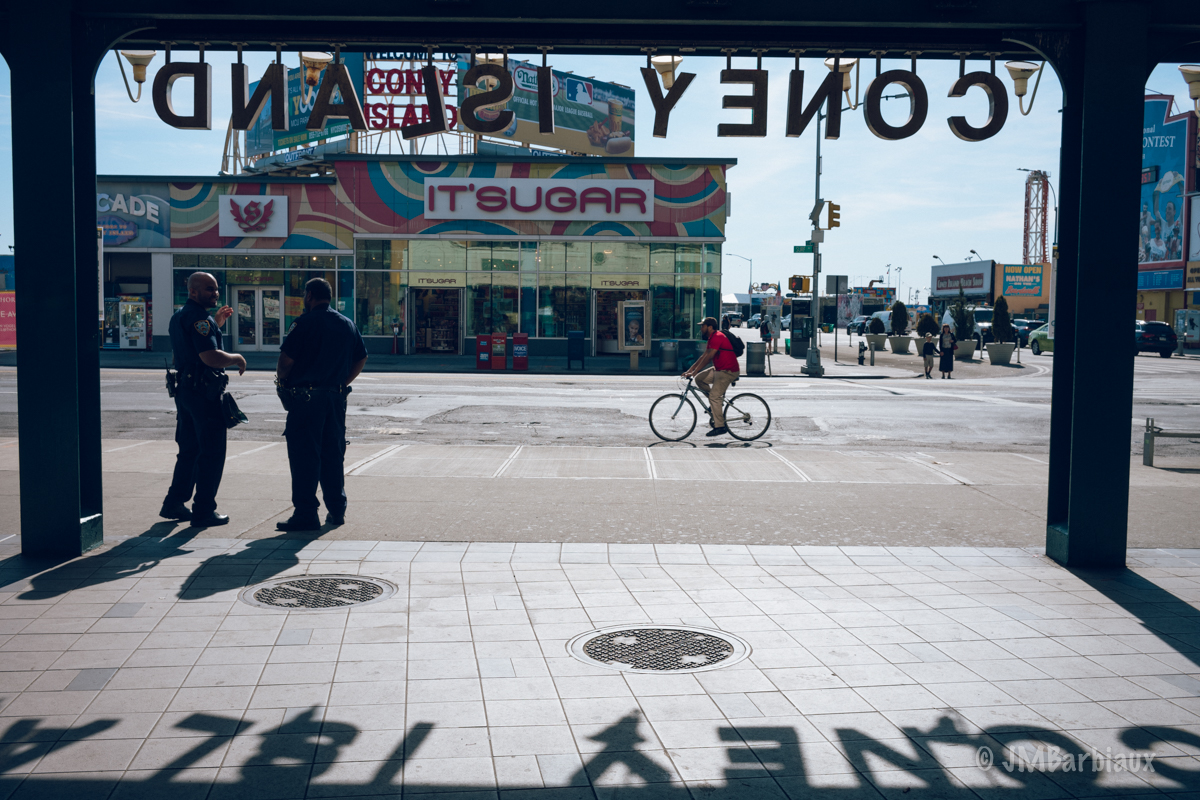
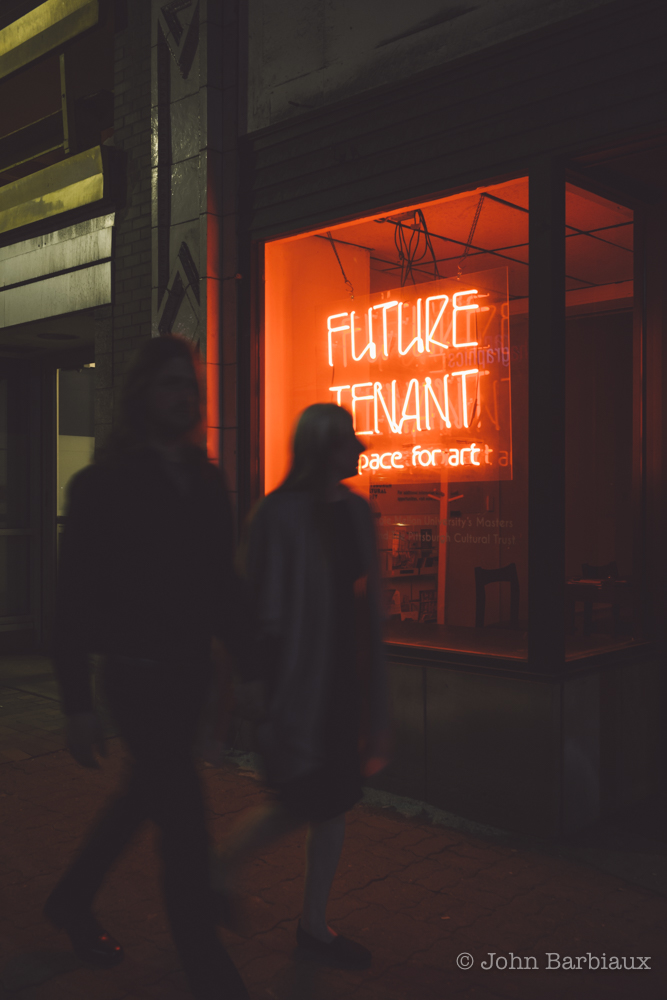

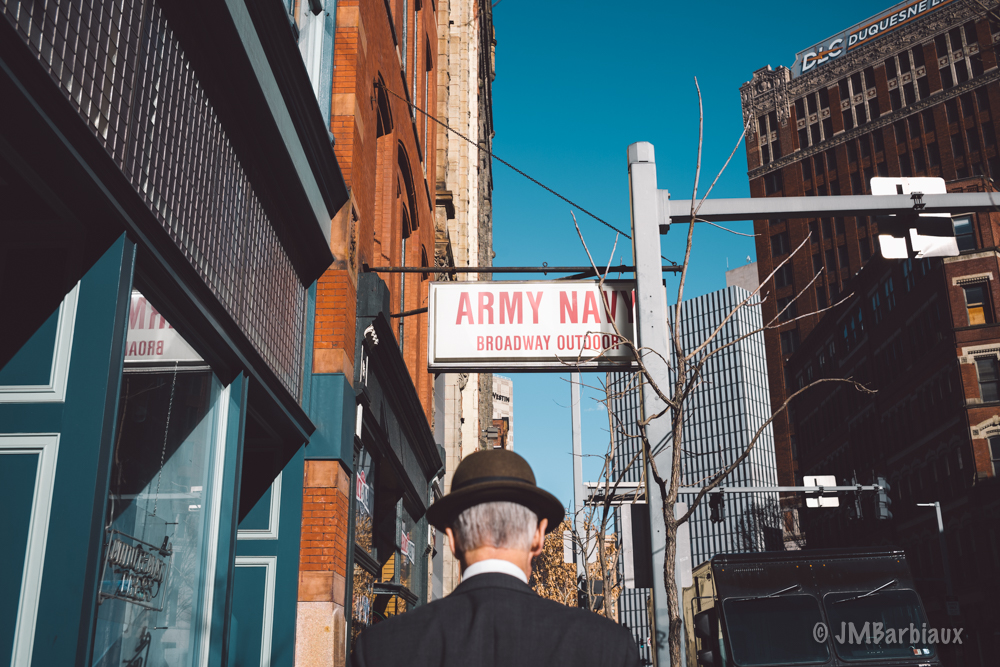
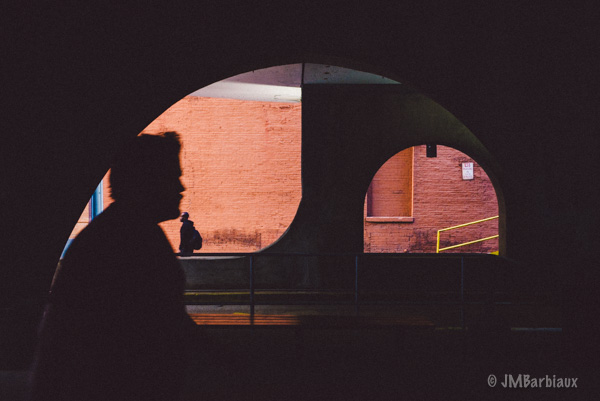
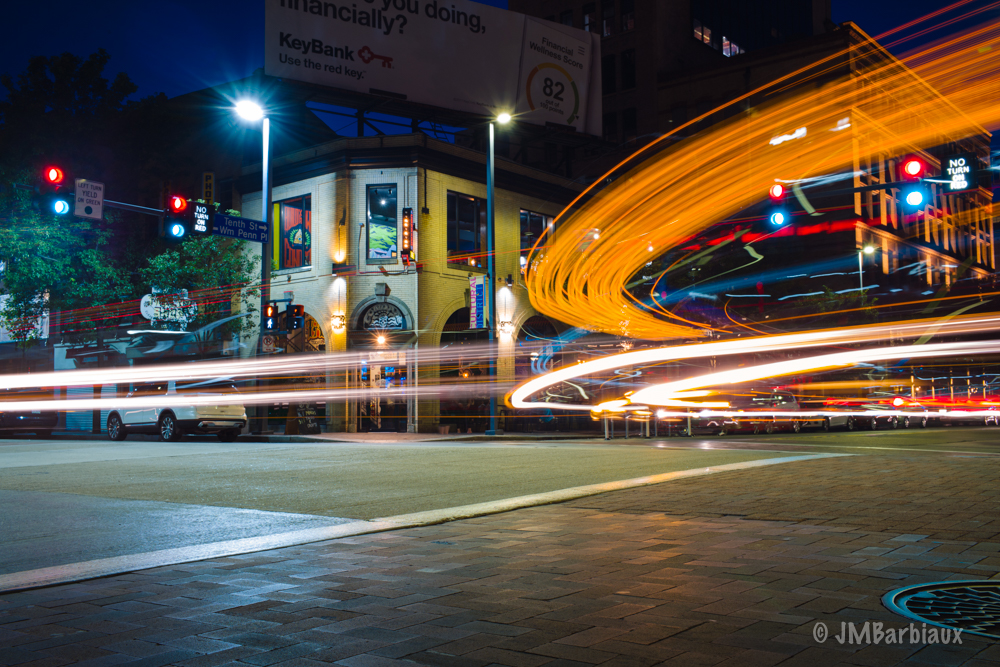
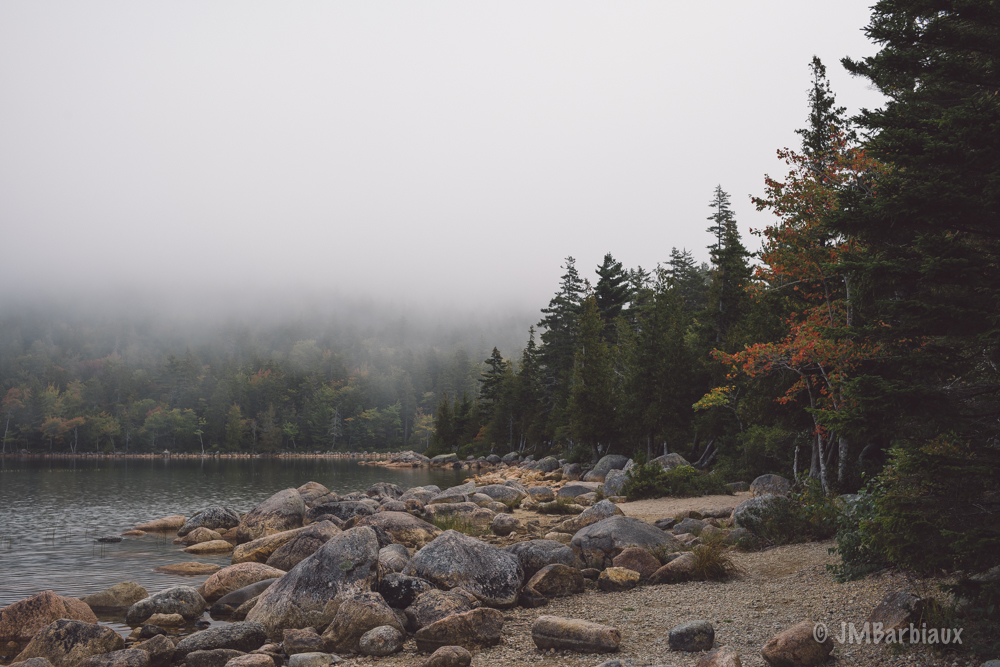



Good, well balanced article. I wouldn’t call it brutally honest… just honest. Leica is not for everyone, but for the right person it is the most wonderful tool. I have to comment on the focus discussion. Calling the Leica faster focusing by assuming the user Is hyper or zone focusing is not a fair comparison. If you simply bring your camera to you eye, without prior adjustments, turn it on and adjust to take a photo, autofocus will always be faster, hands down (unless lens is accidentally adjusted appropriately). Most of the time conditions are changing, so even after zoning, changes in focus are required, and it’s manual…slow. Someone new to manual focus has a steep learning curve to do zone or hyper and in some situations it’s still not convenient like autofocus. But great article, I don’t want to detract from that. JD
Very refreshing to read a balanced opinion rather than the more usual nonsense from either Leica haters or Leica fanboys. Having been an SLR user for most of my life, I recently had the opportunity to own both a Leica M and a Leica Q; something I never thought I would have the chance to do. As it happens, I just couldn’t get on with the M despite loving the look of both the camera and the images it was capable of producing. I guess I am just too much an SLR man. I just found that, when choosing which camera to take with me, the M would usually be left behind. The lack of close focusing was a particular issue for me. The Q, on the other hand, has been a revelation; challenging and fun to use and similarly excellent image quality.All this proves is that you should get the camera(s) that best suit your needs – if that means a Leica and you can afford it, why not!
Phil said it all in one sentence. “You should get the camera(s) that best suits your needs.”